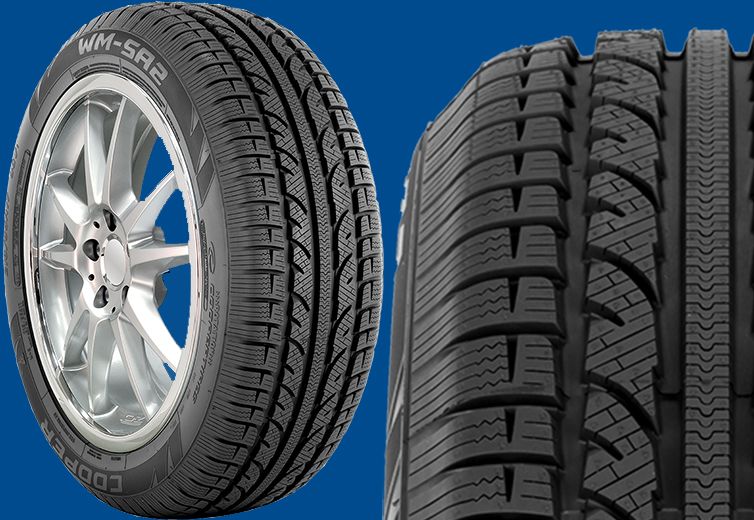Winter tires seems to be a collection voodoo and marketing claims to most normal people in the world, but in the cold-weather compounds have been seeing a rise in popularity. With that increase in public awareness, there has been a large collection of myths and misunderstandings spread about them as well. I have met people think that winter tires only work in the snow, while others think that using them will hurt your fuel economy and NVH.
Living at the base of the Smokey Mountains, I find my car has to endure a wide collection of various weather scenarios in the winter, and I wanted to see if a good set of winter tires would have a positive effect in such a transitional area. Thanks to my proximity to the mountains, and the wild weather of Tennessee, there have already been weeks wear I was driving in sunny 60-degree weather on Monday, only to have snow falling on Wednesday.
With rubber compounds that are created to not only handle snow and ice, but to generally improve traction and drivability on clear roads when the weather drops, I felt like maybe I should give winter tires a chance to see how they affected my car. My Volkswagen Golf->ke164 was in need of new tires anyways, so I felt this was the perfect opportunity. I gave the cool kids over at Cooper Tires a call to see if they had any suggestions for me, and they were kind enough to send me a new set of shoes for my VW.->ke94
Over the next several months I will be reporting back on my thoughts about how they feel, how they handle, and how they wear during a wild winter in TN. With ice storms, random snowfall, random warm swings and lots of rain in temps just above freezing, it’s the perfect chance to see if winter rubber really is a better option than a set of all-seasons.
Read on to learn more about our new tires, and why winter rubber is a good idea
Our Tires
Cooper Tires WM SA2
The WM SA2 is a studless winter tire that is positioned as a performance touring tire for winter months. This makes it a great choice for drivers of performance oriented cars that prefer a touch more refinement in their ride than they would get with aggressive performance rubber. Cars like my Volkswagen Golf, as well as machines from BMW->ke178 and Audi->ke14 would be ideal candidates.
The tread is a directional pattern for increased performance, but it has larger and deeper cuts that many summer tires to better bite into slush and snow, whi9le also providing more area to displace water in rain. The tread is also full of thin cuts called sipes that increase traction on icy surfaces.
After putting more than 85k miles on my Golf with various sets of high-end all-weather from Continental, I am interested to see how the new winter tires from Cooper affect my handling, cabin noise and my fuel economy.
Benefits of Winter Rubber
The tires themselves are built with a special rubber compound that stays pliable at cold temperatures to increase handling, road-holding and braking abilities even on dry pavement. Summer rubber compounds and even many all-weather tires can become stiff and less effective as temperatures drop below the freezing mark. The tradeoff is that in high temperatures the winter rubber can become very soft and wear quickly.
If you have ever driven a car with summer tires in the winter, you will understand how dramatic this hardening of rubber compounds can be. When I tested the Subaru WRX STI a few weeks ago, it came equipped with a sticky set of Dunlop summer tires, but when the temp was around 30-degrees in the mornings, those tires may as well have been made of PVC. I had absolutely zero traction until the tires warmed up from driving.
Winter rubber can also save you money. It may seem like a waste of money to spend money on an extra set of tires, but with the winter rubber on, your normal all-season or summer tires are no longer accumulating miles. With a normal set of winter tires good for three season or more, that is several months that your nicer summer rubber will last. You have to spend more money on rubber to start with as you need to buy eight tires, but once you have both sets, rotating between them means both sets last longer. As a bonus, once your winter tires wear to a point that they are not effective in the snow, they will still make a great set of all-weather rubber for the other three months.
If you want to make life even easier you can buy a second set of cheap steel wheels for your winter tires to protect your nice alloys. You’re much more likely to damage your wheels with a curb incident in slippery, snowy and icy weather. By using a cheap set of steel wheels with your winter tires over the colder months, any damage that may happen to your wheels will be negligible.

